Subject
- #Flower Language
- #Greek and Roman Mythology
- #Hyacinthus Myth
- #Hyacinth Care
- #Hyacinth
Created: 2024-02-06
Created: 2024-02-06 16:21
Hello! Today, I'd like to introduce hyacinth, a flower that symbolizes spring. Are you familiar with hyacinth? It's one of my favorite flowers, known for its diverse and vibrant colors and its rich fragrance that can be smelled from afar. It's a plant with a lot of interesting stories besides its beautiful appearance and scent. Are you curious? Then let's learn about hyacinths.
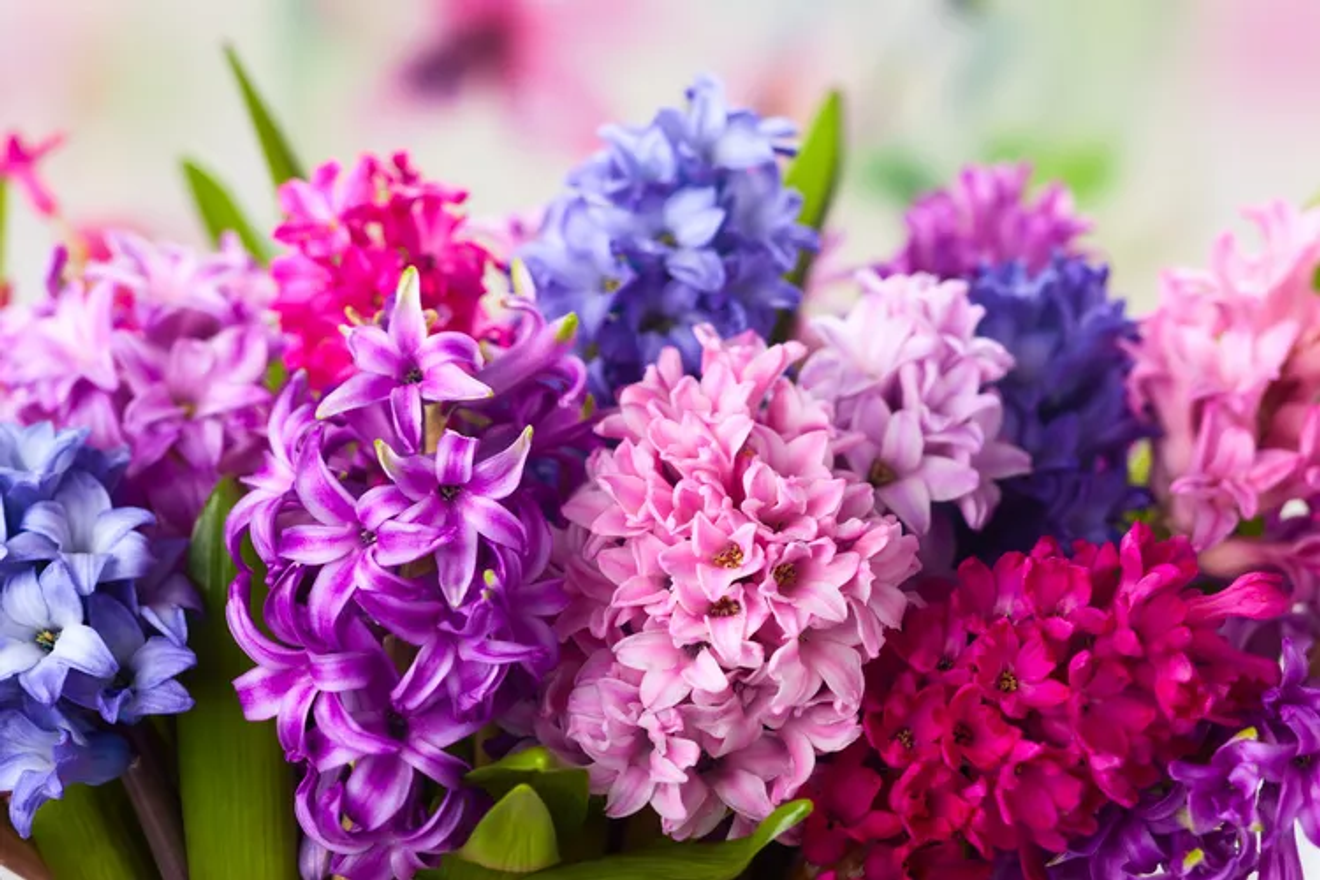
Source: Southern Living PHOTO: SARSMIS/GETTY IMAGES
First, the English name for hyacinth is Hyacinth, and it's also called 'Ginsu-ran' (금수란). The scientific name is Hyacinthus orientalis. Now, let's find out the flower language of hyacinth. Hyacinths come in a variety of colors, and each color has its own flower language.
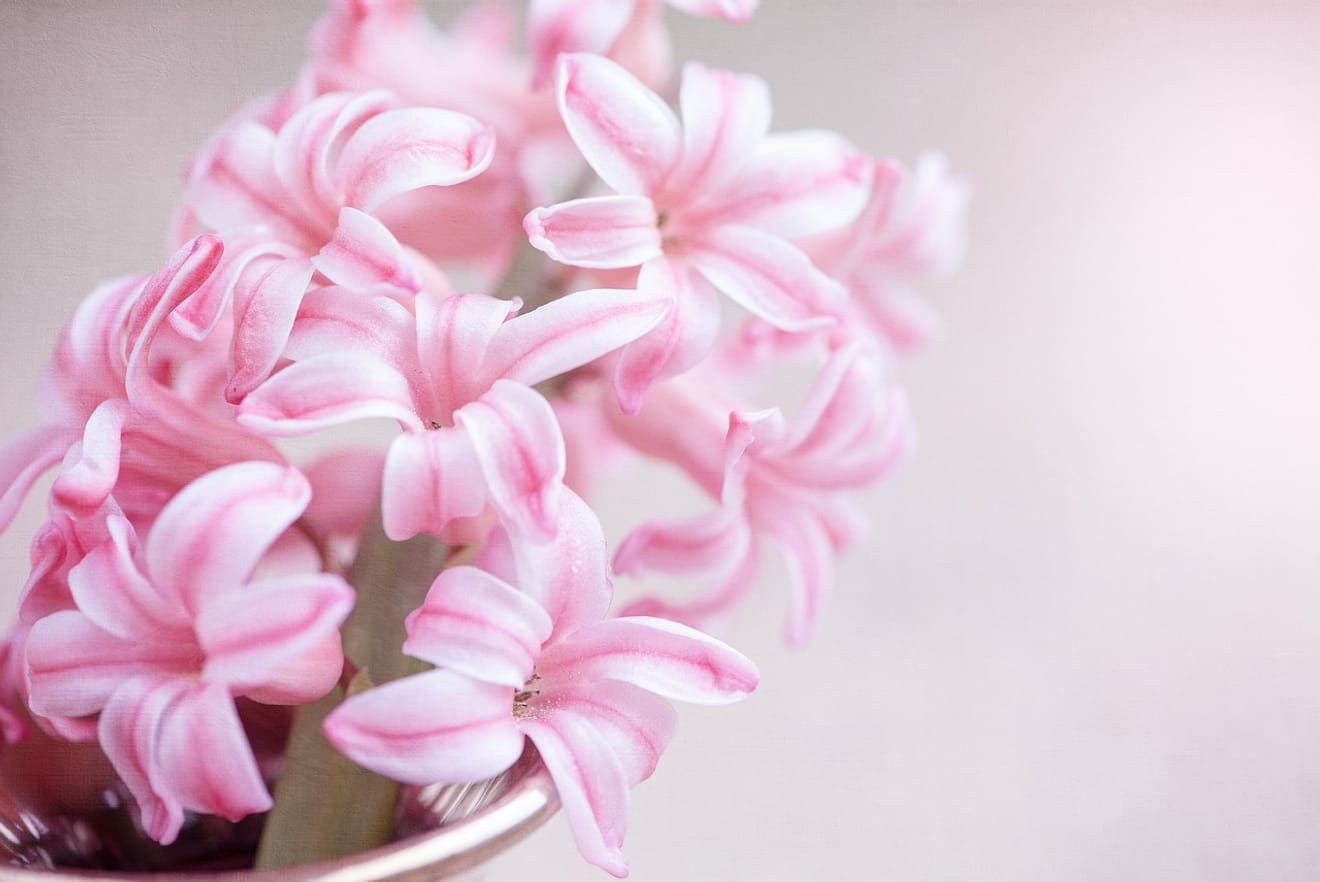
Source: Pixabay
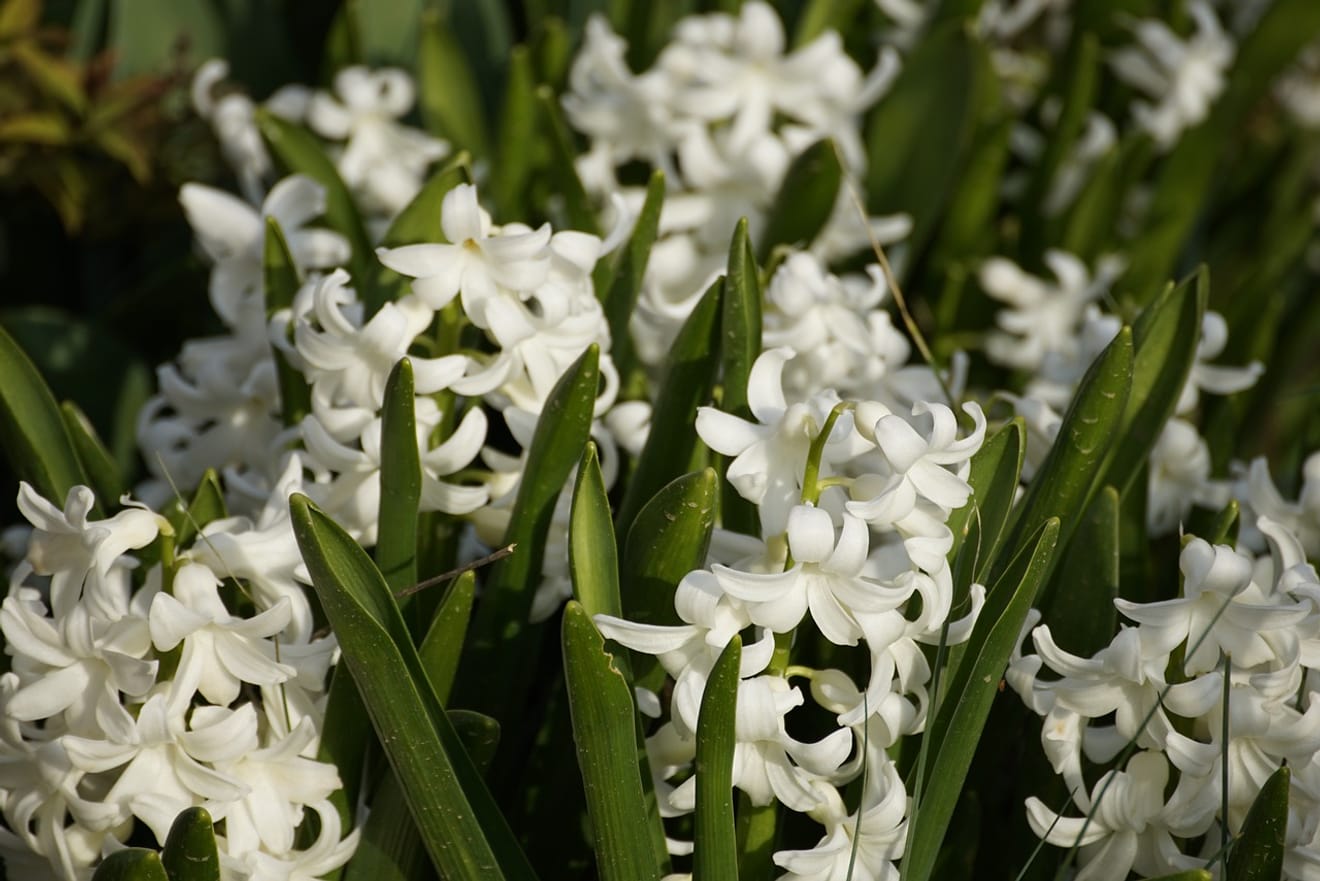
Source: Pixabay
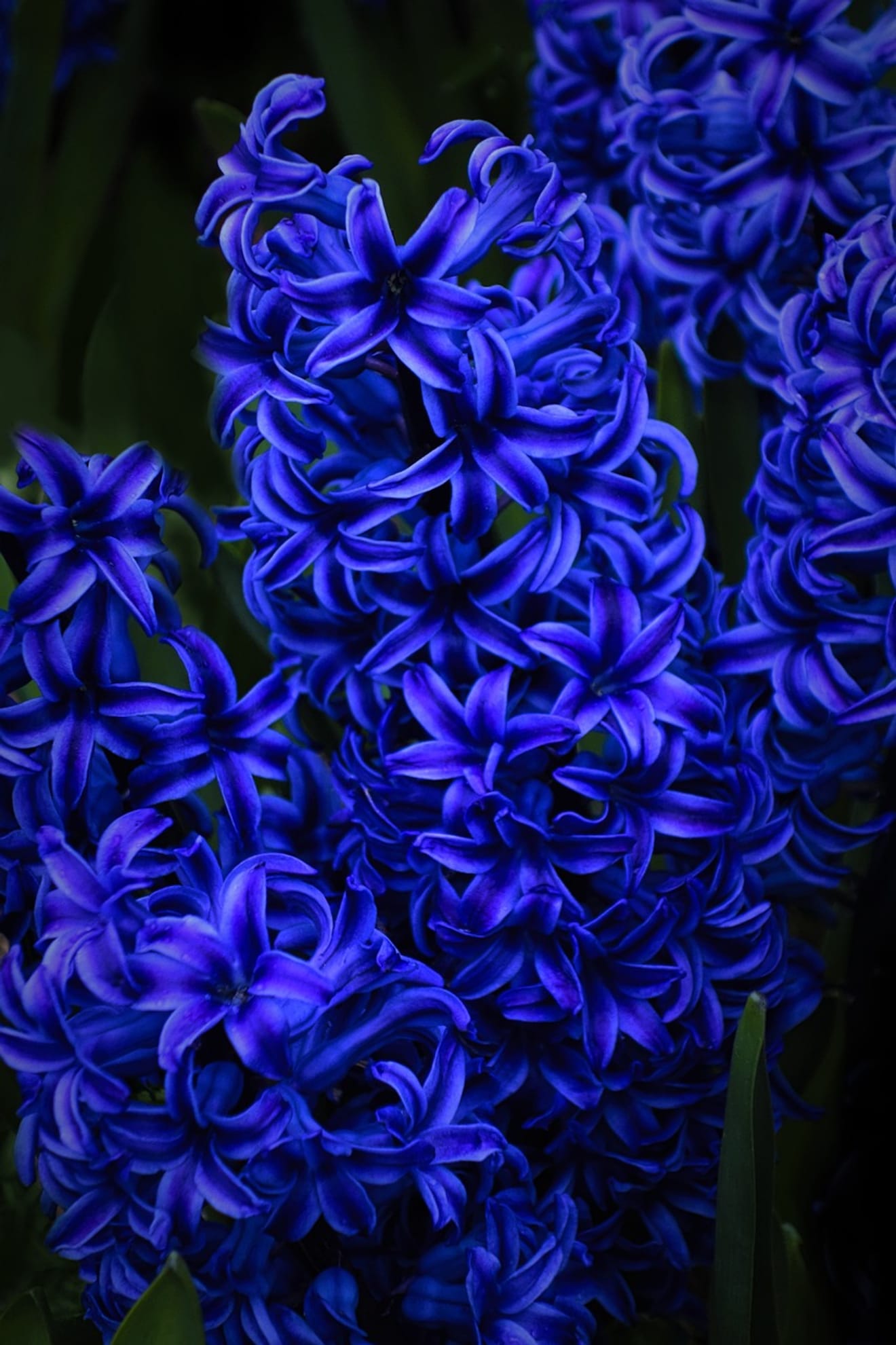
Source: Pixabay
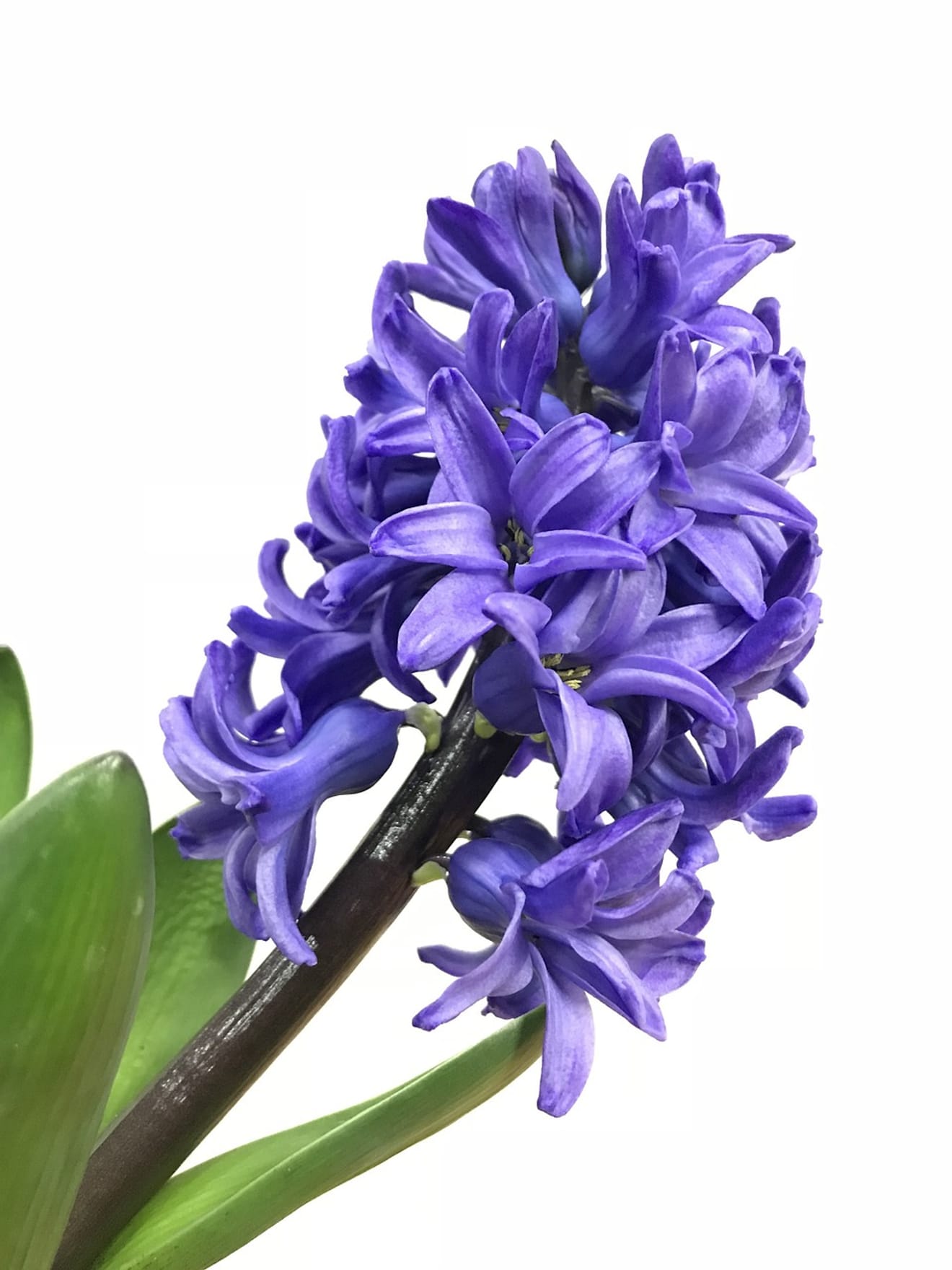
Source: Pixabay
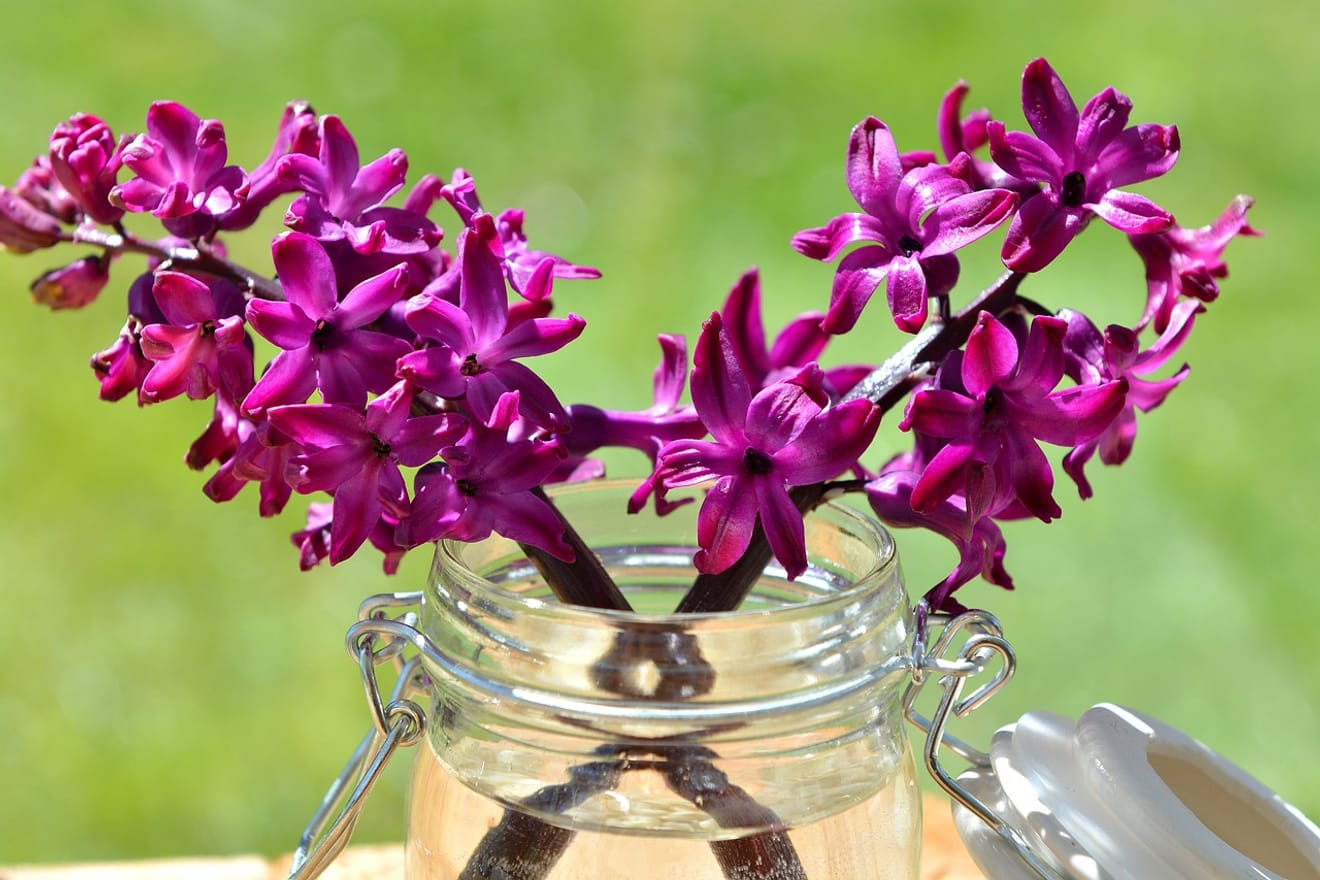
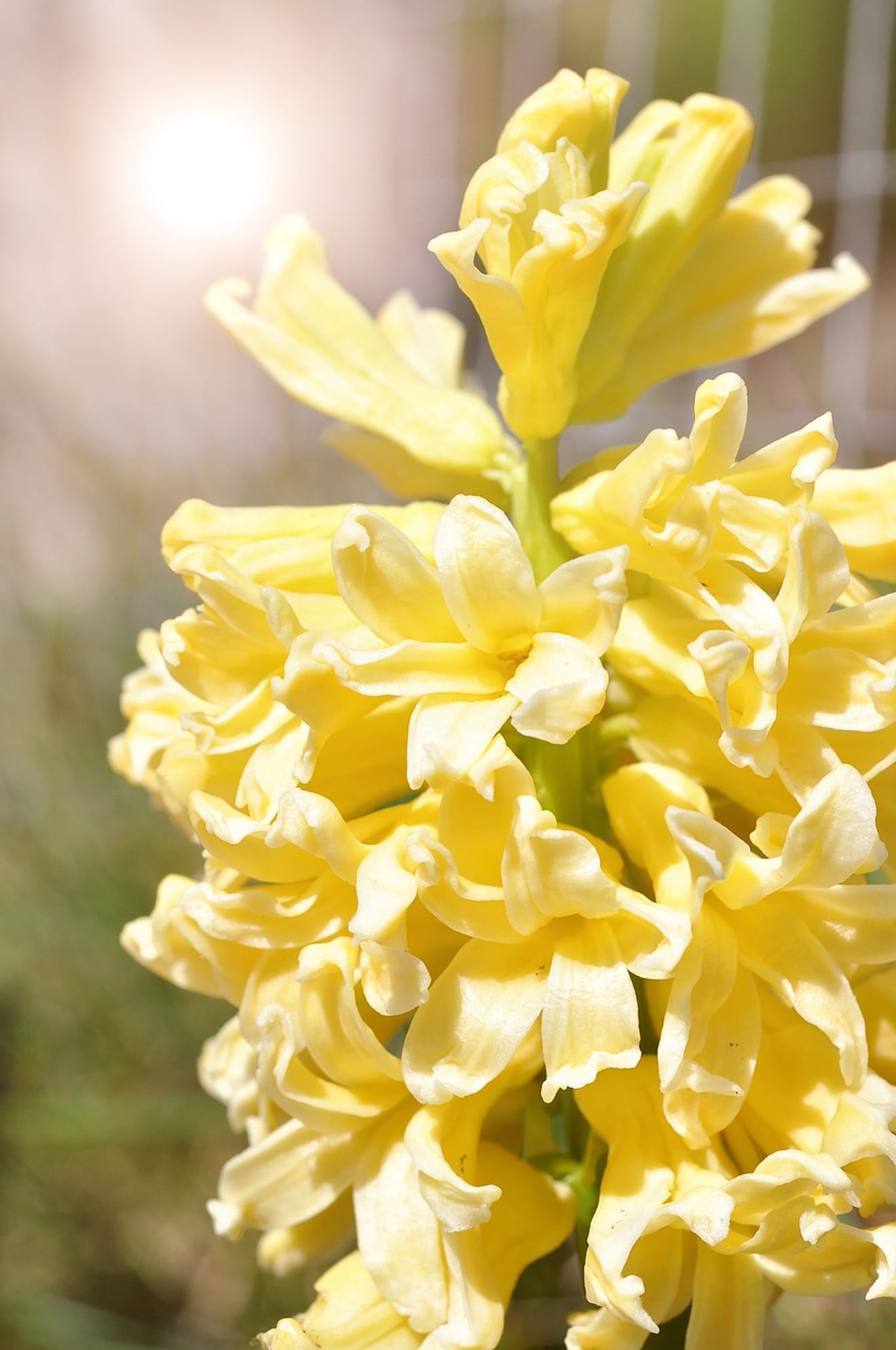
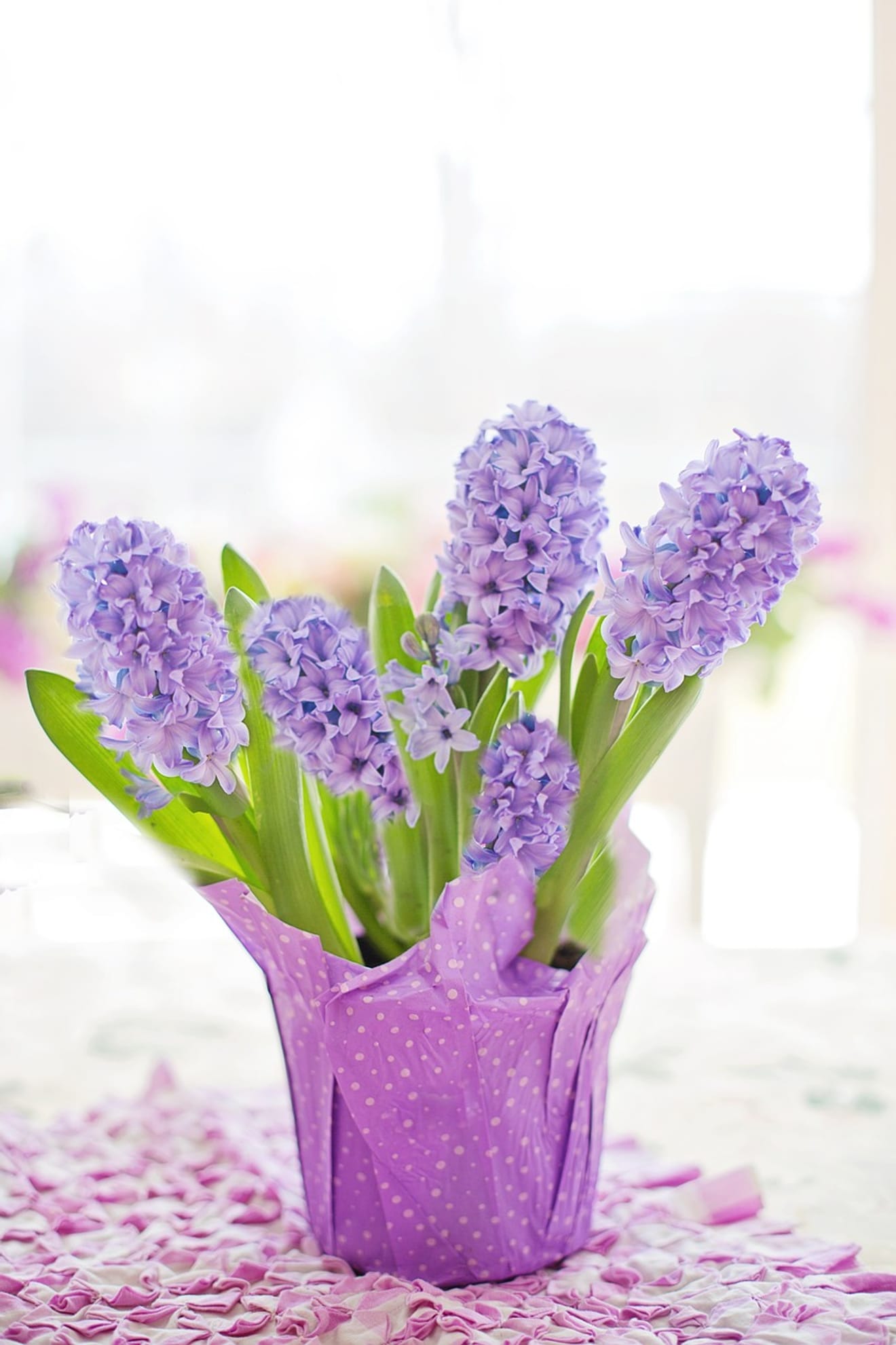
it means. Isn't it diverse?
Hyacinth is a bulbous perennial belonging to the lily family, native to the Mediterranean coast. It is mainly native to the Balkan Peninsula and Turkey. It gives a sophisticated feel and is a popular material for wedding bouquets.
Hyacinths are cold-hardy, which is why they are planted in autumn. The bulb is 3-5cm long and ovoid, with a dark brown outer surface. Several leaves emerge from the base together, with fleshy, inward-curving leaves. After wintering, flower stalks about 20cm long emerge from between the leaves in late March, with numerous flowers clustered in a cylindrical shape. The stems usually grow straight and upright, or they may curve in a certain direction.
They have a strong and pleasant fragrance. If you leave a hyacinth in a small room and go out for a while, the room will be filled with the scent of hyacinths upon your return. Because of this fragrance, it is considered one of the ingredients for fragrances, and it is used in various applications like candles, diffusers, and perfumes.
It is also used to extract oil as a fragrance. Apparently, about 5kg of flowers are needed to extract about 1g of oil.
As a tip, hyacinths are bulb plants, growing from a bulb that looks like an onion. You can guess the color of the flower by looking at the color of the outer skin of the bulb. While it's flowering, it needs to be placed in a sunny location and receive plenty of sunlight. However, if you want the flowers to last longer, remember to keep them in a cool place.
As a side note, the bulb is toxic and should not be eaten. The toxin in hyacinth is oxalic acid, which can be life-threatening even in small amounts. Also, if you have pets, it's dangerous due to its toxicity, so make sure to keep them separated or avoid keeping them together. Please remember this.
There are three wild species of hyacinth.

Source: Naver Wiki
'Hyacinthus orientalis'
: Some scholars classify only this species as Hyacinthus. Others classify the rest as Hyacinthoides, they say.

Source: Naver Wiki
Hyacinthus litwinowii

Source: Naver Wiki
Hyacinthus transcaspicus
There are a total of three species, but except for Hyacinthus orientalis, the rest are generally classified as Hyacinthoides.
Let me tell you an interesting story about hyacinths.
First, wouldn't you like to know the meaning of the name hyacinth? Its origin is from Greek and Roman mythology, a famous story of a love triangle. It's the story of Hyacinthus, a young man who was transformed into a hyacinth flower.
According to Greek and Roman mythology, Apollo loved Hyacinthus and took him everywhere. Zephyrus, who also loved Hyacinthus, was jealous of their relationship. When Apollo threw a discus, Zephyrus changed the course of the discus with wind, causing it to hit Hyacinthus, killing him instantly. Apollo was shocked and tried everything to save Hyacinthus, but he had already passed away. Apollo was deeply saddened by this. Later, Apollo poured nectar on Hyacinthus's blood, and from that blood, a hyacinth flower bloomed. Because of this story, one of the flower languages of hyacinth is sorrow.
If you were Hyacinthus, knowing the outcome, what choice would you have made? Even if you are favored by a powerful and beautiful god, I think you wouldn't want to die.
The famous myth is about Hyacinthus, but there's also a story that hyacinths bloomed from the blood of Ajax, a Trojan War hero, when he died.
After hearing these stories, don't you feel like growing hyacinths? I'll tell you about how to plant and care for hyacinths.
Plant hyacinths in well-drained soil. Place the hyacinth bulbs 4 inches deep and 4-5 inches apart. Hyacinth bulbs grow best in full sun or partial shade and require regular watering during the growing and flowering seasons.
To care for hyacinths that you've already planted for next year's flowering season, fertilize them when the flowers start to wilt and fall off. Cut off the faded stalks, and continue to water the bulbs until the leaves turn yellow and die back. Plant the bulbs in the fall (between October and December) and leave them in the ground until spring (usually March and April) to allow them to bloom.
This concludes our exploration of hyacinths, including their flower language, related stories, tips, and care instructions. We'll meet again with another post introducing a plant in the future. Thank you!
Comments0